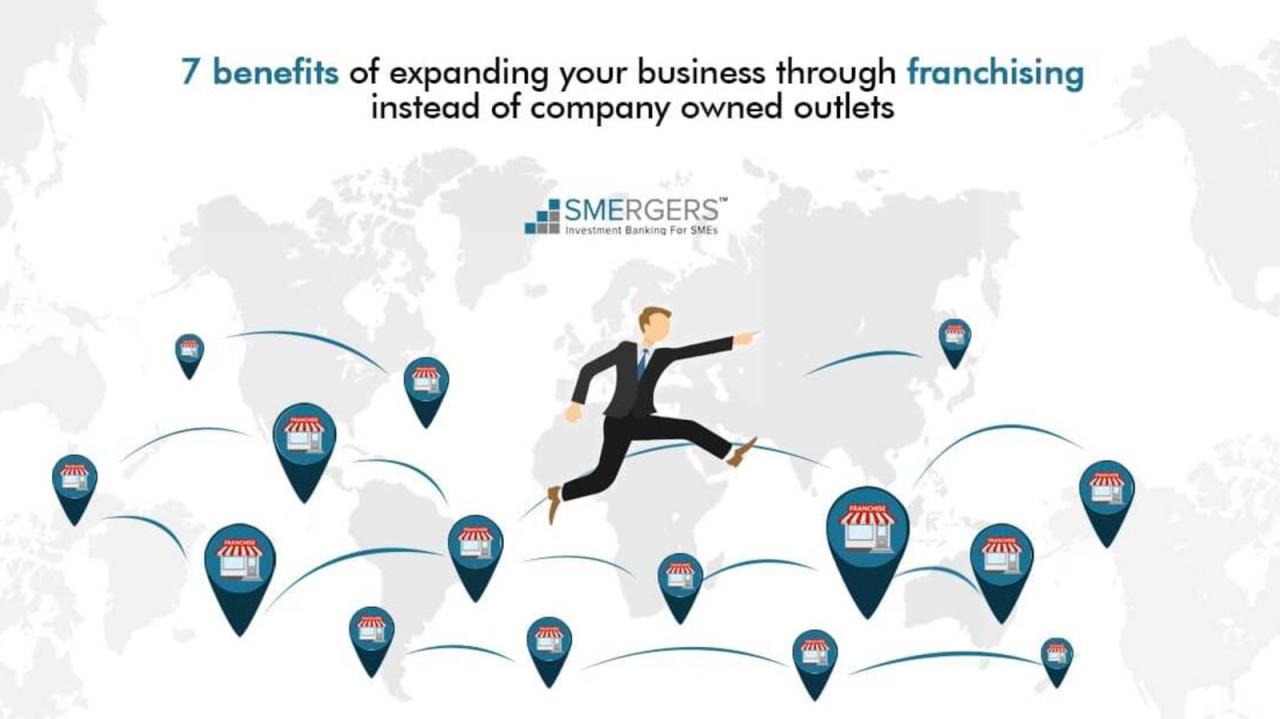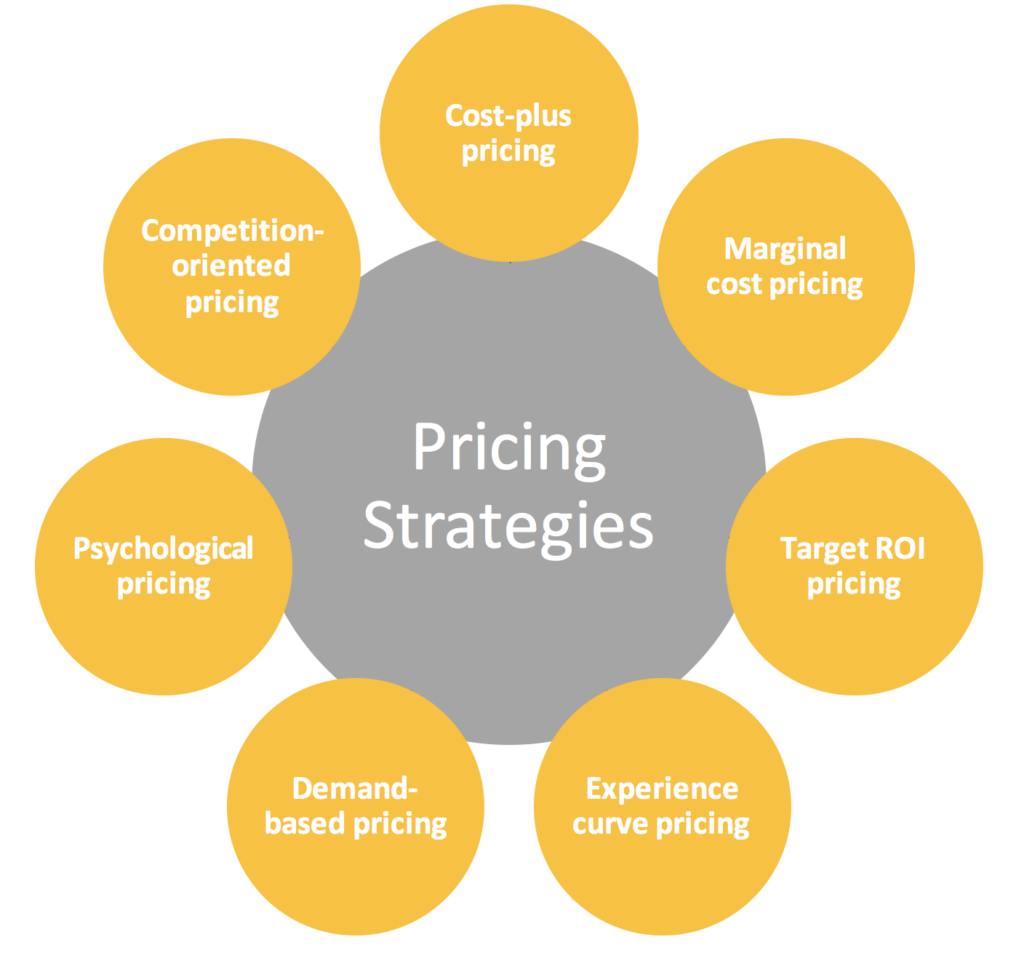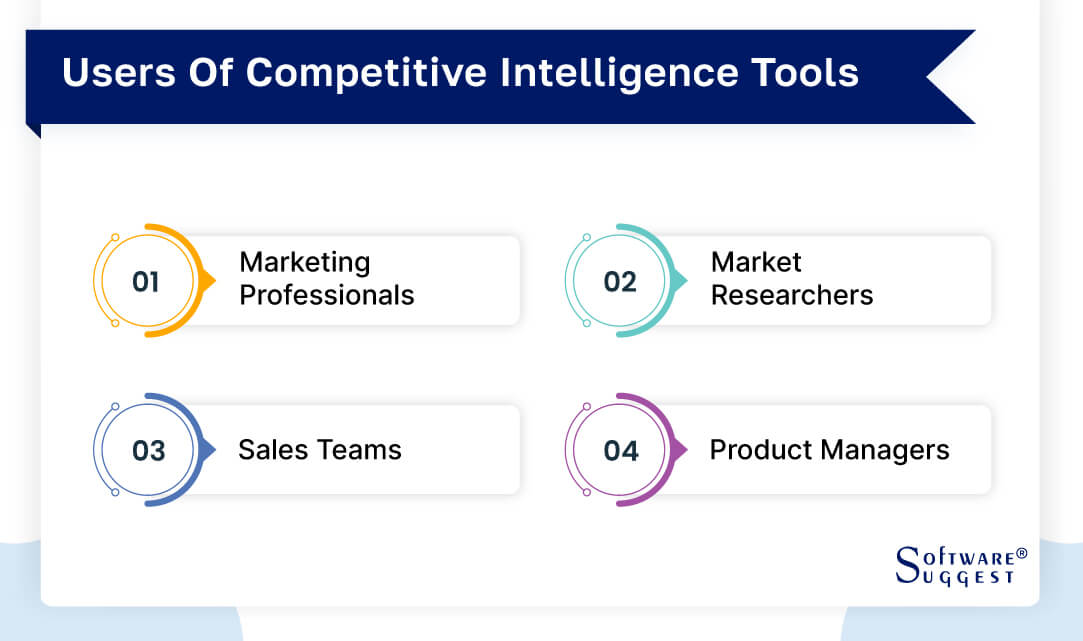Brand Reputation Monitoring Software
Brand reputation monitoring software is a powerful tool that can make or break a business in today’s competitive landscape. From managing customer feedback to crisis control, this software plays a crucial role in shaping a company’s image and success.
Overview of Brand Reputation Monitoring Software
Brand reputation monitoring software is a crucial tool for businesses to track and manage their online reputation effectively. It allows companies to monitor what customers are saying about their brand, products, and services across various online platforms. By analyzing customer feedback and sentiments, businesses can make informed decisions to improve their brand image and customer satisfaction.
Key Features of Brand Reputation Monitoring Tools
- Real-time monitoring of social media platforms, review sites, and online forums.
- Sentiment analysis to gauge customer opinions and emotions towards the brand.
- Competitor analysis to benchmark against industry peers and identify areas for improvement.
- Customizable alerts for negative mentions or reviews to address issues promptly.
- Reporting and analytics to track trends, monitor progress, and measure the impact of reputation management efforts.
Importance of Using Brand Reputation Monitoring Software for Businesses
Brand reputation monitoring software plays a vital role in the success of a business by:
- Building trust and credibility with customers by addressing concerns and maintaining a positive online presence.
- Identifying potential PR crises early on and taking proactive measures to mitigate damage.
- Improving customer service and product quality based on feedback and insights gathered from monitoring tools.
- Boosting brand loyalty and advocacy through positive interactions and reputation management strategies.
Benefits of Brand Reputation Monitoring Software

Brand reputation monitoring software offers a wide range of benefits for businesses looking to maintain a positive brand image and reputation in the market. By utilizing this software, companies can effectively manage their online presence, monitor customer feedback, and proactively address any issues that may arise. Let’s explore some key advantages of using brand reputation monitoring software:
Improved Customer Satisfaction
- By tracking customer feedback and reviews in real-time, businesses can quickly identify areas for improvement and address any concerns that may arise.
- Monitoring customer sentiment allows companies to gauge customer satisfaction levels and make necessary adjustments to enhance the overall customer experience.
- Responding promptly to customer feedback demonstrates a commitment to customer service and can help build trust and loyalty among customers.
Effective Crisis Management and Proactive Brand Protection
- Brand reputation monitoring software enables businesses to detect potential issues or negative sentiment early on, allowing them to take immediate action to mitigate any damage.
- Identifying and addressing negative feedback or PR crises in a timely manner can help prevent reputation damage and maintain a positive brand image.
- Proactively monitoring brand mentions and sentiment across various channels helps companies stay ahead of potential threats and protect their brand reputation effectively.
Key Features to Look for in Brand Reputation Monitoring Software
When selecting a brand reputation monitoring software, it is crucial to consider the key features that will best suit your business needs. These features can make a significant impact on how effectively you can manage and improve your brand reputation online.
1. Social Media Monitoring
- Real-time tracking of brand mentions on various social media platforms.
- Ability to analyze sentiment and engagement levels of social media posts.
- Integration with popular social media channels for comprehensive monitoring.
2. Review Monitoring
- Monitoring and analyzing customer reviews on websites like Yelp, Google, and Amazon.
- Alerts for new reviews and the ability to respond directly within the software.
- Sentiment analysis for reviews to understand customer satisfaction levels.
3. Competitor Analysis
- Tracking and comparing the online reputation of competitors in your industry.
- Identifying areas where your brand can differentiate and improve based on competitor analysis.
- Insights into competitor strategies and how they impact their online reputation.
4. Reporting and Analytics
- Customizable reports with key metrics and insights to track brand reputation performance.
- Visual representations of data to easily understand trends and patterns.
- Ability to generate automated reports for regular monitoring and analysis.
5. Crisis Management
- Alert system for detecting potential reputation crises and managing them proactively.
- Tools for mitigating negative feedback and responding effectively to crisis situations.
- Guidance on reputation management strategies during crisis scenarios.
6. Sentiment Analysis and AI
- Machine learning algorithms for sentiment analysis to understand customer opinions and emotions.
- AI-powered insights to identify patterns and trends in brand reputation data.
- Automated sentiment tagging for efficient analysis of large volumes of data.
Implementation and Integration of Brand Reputation Monitoring Software
Implementing and integrating brand reputation monitoring software is crucial for businesses looking to manage and improve their online reputation. It involves several steps to ensure a seamless integration and effective utilization of the software.
Steps in Implementing Brand Reputation Monitoring Software
- Identify your business goals and objectives for using the software. Determine what aspects of your brand reputation you want to monitor and improve.
- Choose a reputable brand reputation monitoring software provider that aligns with your needs and budget.
- Train your team on how to use the software effectively. Ensure they understand the features and functionalities to make the most out of it.
- Customize the software settings to tailor it to your specific requirements. Set up alerts, notifications, and reports to monitor your brand effectively.
- Regularly review and analyze the data collected by the software to make informed decisions and improvements to your brand reputation strategies.
Tips for Integrating Brand Reputation Monitoring Software
- Integrate the software with your existing CRM systems to streamline data management and improve customer insights.
- Ensure compatibility with other tools and platforms used in your business to avoid any conflicts or data discrepancies.
- Collaborate with your IT team to ensure a smooth integration process and address any technical issues that may arise.
- Regularly update and maintain the software to leverage new features and improvements for better brand reputation management.
Common Challenges and How to Overcome Them
- Resistance from employees: Provide proper training and support to help employees understand the benefits of the software and how it can enhance their work processes.
- Data overload: Develop a clear data management strategy to focus on relevant metrics and insights that align with your brand reputation goals.
- Technical issues: Work closely with the software provider and IT team to address any technical issues promptly and ensure a smooth implementation process.
Case Studies of Successful Brand Reputation Management with Software: Brand Reputation Monitoring Software
In today’s competitive business landscape, maintaining a positive brand reputation is crucial for long-term success. Many companies have turned to brand reputation monitoring software to effectively manage and enhance their brand image. Let’s delve into some case studies of successful brand reputation management with the help of such software.
Apple Inc.
- Apple Inc. is a prime example of a company that has utilized brand reputation monitoring software to its advantage.
- By closely monitoring online conversations, reviews, and social media mentions, Apple has been able to address any negative feedback promptly and efficiently.
- The software has allowed Apple to proactively engage with customers, resolve issues, and showcase their commitment to customer satisfaction.
Nike
- Nike is another company that has successfully leveraged brand reputation monitoring software to enhance its brand image.
- Through real-time monitoring of social media channels, Nike has been able to identify trends, sentiment, and customer feedback quickly.
- By analyzing data from the software, Nike has been able to tailor its marketing campaigns, product offerings, and customer service strategies to better meet consumer needs and expectations.
Starbucks
- Starbucks is a notable example of a company that has effectively used brand reputation monitoring software to manage its reputation.
- By monitoring online reviews, feedback, and social media conversations, Starbucks has been able to address customer concerns promptly and maintain a positive brand image.
- The software has helped Starbucks in identifying potential PR crises, managing brand perception, and strengthening customer loyalty through proactive engagement.
Quick FAQs
How can brand reputation monitoring software benefit my business?
Brand reputation monitoring software can help you track customer sentiment, manage online reviews, and proactively address any negative feedback to protect your brand image.
What are the key features to look for in brand reputation monitoring software?
Essential features include real-time monitoring, sentiment analysis, social media tracking, and crisis management tools.
How can I integrate brand reputation monitoring software with existing systems?
You can seamlessly integrate the software by following the provider’s guidelines and ensuring compatibility with your current tools and platforms.






